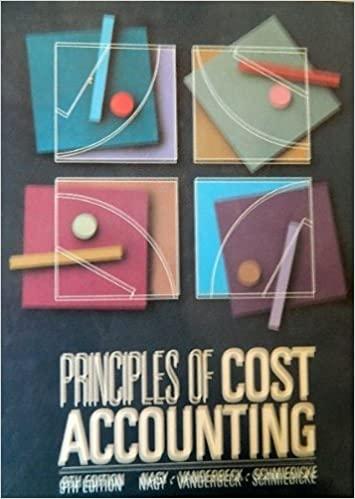E) ash Accounts Receivable-A. Hopkins 2.000 58) On October 12 of the current year, a company determined that a customers account receivable was uncollectible and that the account should be written off. Assuming the direct write-off method is used to account for bad debts, what effect will this write-off have on the company's net income and total assets A) Increase in net income, no effect on total assets. B) No effect on net income, decrease in total assets C) Decrease in net income; no effect on total assets D) Decrease in net income, decrease in total assets E) No effect on net income; no effect on total assets 59) The expense recognition (matching) principle, as applied to bad debts, requires A) That bad debts not be written off B) That bad debts be disclosed in the financial statements C) The use of the allowance method of accounting for bad debts D) That expenses be ignored if their effect on the financial statements is unimportant to users' business decisions E) The use of the direct write-off method for bad debts What is its accounts 60) A company has net sales of $1.200,000 and average accounts receivable of $400,000 receivable turnover for the period? A) 73.0B) 200 c) 5.00D) 0.33 E)3.0 61) The accounts receivable turnover is calculated by A) Dividing net sales by average accounts recervable and multiplying by 365 B) Dividing average accounts receivable by net sales and multiplying by 365 C) Dividing net income by average accounts receivable. D) Dividing net sales by average accounts receivable E) Dividing average accounts receivable by net sales 62) A company factored S4 5,000 of its accounts receivable and was charged a 4% factoring fee The Journal entry to record this transaction would include a A) Debit to Cash of $43,200, a debit to Factoring Fee Expense of S1,800, and a credit to Accounts Receivable of $45,000 B) Debit to Cash of $45,000 and a credit to Accounts Receivable of $45,000 C) Debit to Cash of $45,000 and a credit to Notes Payable of $45,000 D) Debit to Cash of $45,000, a debit to Factoring Fee Expense of $1,800, and a credit to Accounts Receivable of $46,800 E) Debit to Cash of $46,800 and a credit to Accounts Receivable of $46,800







